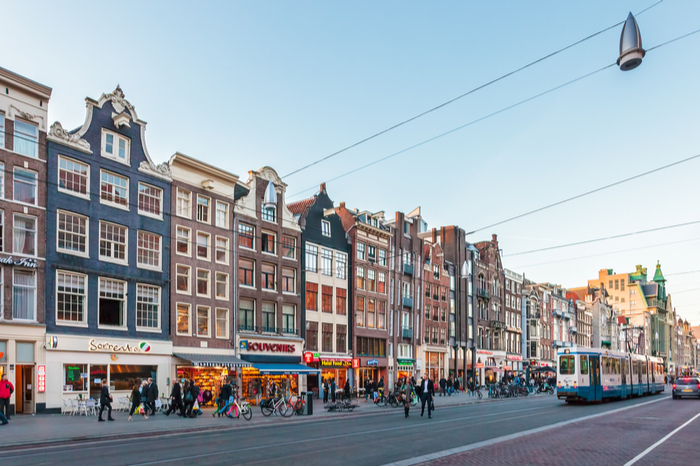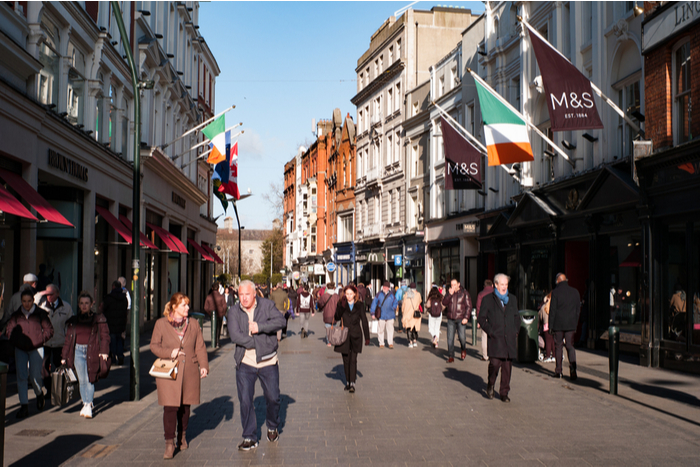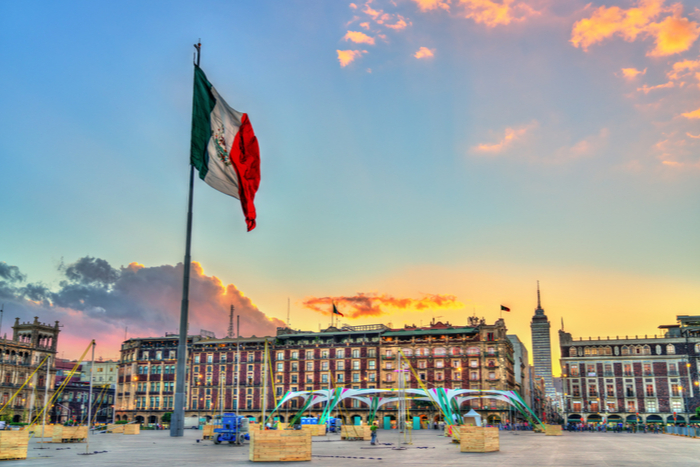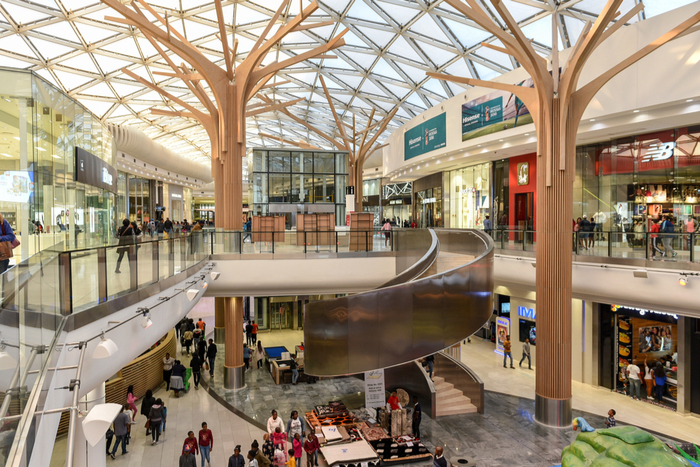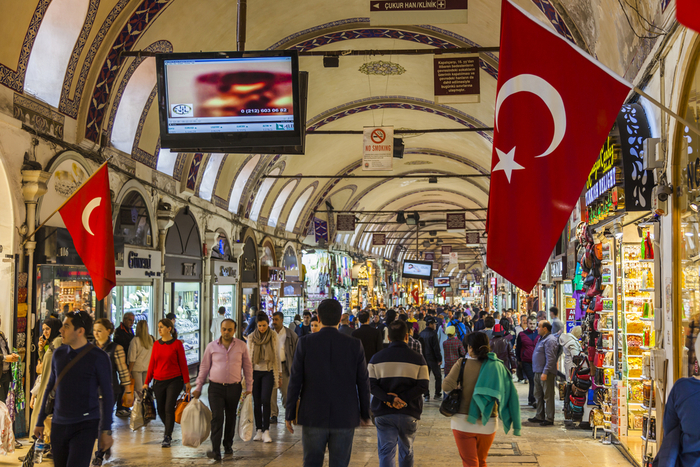Recent data by Trading Economics found that June retail sales in the US jumped by 17.7 per cent from a month earlier in May, after recovering from a record 14.7 percent fall in April. This marked the biggest rise on record as stores reopened when coronavirus lockdowns was eased across the country.
The biggest increase was seen in clothing stores, which saw sales rise by 188 per cent. But compared to the same month in 2019, sales fell 6.1 per cent.
The global retail sector witnessed one of the hardest years for trading in 2019 as consumer spending slowed down and more ethical practices were adopted by shoppers. Yet compared with UK shoppers, US consumers are far more confident when it comes to economic recovery post-pandemic.
According to Michael Schirrmacher, managing director UK at software firm Bloomreach, 36 per cent of Americans are confident that the US economy will bounce back in the first two or three months post-Covid, compared to just 15 per cent of UK consumers.
“This disparity in consumer confidence also leads to a disparity in consumer spending,” he said.
For the US retail sector, more than 7600 stores closed through the year to October, a record for that point in the year, according to Credit Suisse. Now with Covid-19 becoming the main accelerator of bankruptcies, retailers have seen yet another year of particularly troubling trading.
The coronavirus’ economic fallout is fueling Chapter 11 bankruptcy filings – the US answer to administrations in the UK – at the fastest pace since 2013. Filings totalled 3427 on June 24, the Financial Times reported.
Some of the most recent and well-publicised failures in US retail include the downfall of fashion chain J Crew, which filed for bankruptcy protection on May 4. It was the first major US retailer to fall victim to the pandemic.

Meanwhile, Neiman Marcus became the first major department store chain in the US to file for bankruptcy protection on May 7.
Shortly after, 118-year-old department store chain J.C. Penney, which filed for bankruptcy protection in mid-May, announced it would permanently shut some of its 850 locations.
Despite the US retail industry losing credibility amid the pandemic, US giants Walmart, Kroger, and Amazon took the top three spots in a recent ranking by the National Retail Federation, which used data from Kantar Consulting to look at the top 100 biggest retailers in 2020 based on sales.
After a bruising start to the year, US department stores and fashion retailers will seek to bounce back in the second half of 2020 by closing more locations, shrinking their shops or adding more experiences to attract customers and drive footfall.
This year, it was clear that both categories lost ground as consumers continued their steady migration to online retail. While traditional retailers like Macy’s and Gap have invested in ecommerce, it’s uncertain as to whether that will be enough to restore their former stature.
Tamara Charm, senior expert at global consulting firm McKinsey & Company, said one main similarity between the US and the UK is the surge in online shopping.
“Consumers expect to increase their online shopping and digital behaviour post Covid-19 even when brick-and-mortar stores reopen,” she said.
“In the US and the UK specifically, there has been high online conversion rates before the pandemic, and ecommerce continues to grow across all product categories.”
Schirrmacher agreed and said spending in the US remains “robust” with ecommerce spending up 35 per cent in June compared to last year: “In the UK, we are actually seeing ecommerce spending start to stagnate a little bit and ecommerce spending was actually down two per cent in June compared to last year.”
The US has historically been a challenging country to conquer in retail due to its size and diversity. Times have changed though, with technology making paving the way for many to enter the US.
The US market is highly saturated with competitive brands and standing out can prove to be a real challenge. Arcadia-owned Topshop managed to break through in 2008, with its website tailored for US audiences, followed weeks later with the launch of a single flagship store in New York.

The retailer also entered into an exclusive partnership with US luxury department store chain Nordstrom in 2012, creating shop-within-a-shop capsules for the brand in 42 stores.
Other British retailers like Boden, Jack Wills and Superdry have all created highly differentiated brand positioning that resonates with US consumers.
These retailers took a different route into the US rather than buying their way into the marketplace. For example, M&S bought Brooks Brothers in 1988 for $750 million. However, the move proved disastrous and Brooks Brothers was soon sold to Retail Brand Alliance for for $225 million.
Boden’s tagline “Great British Style” and Jack Wills’ site proclaiming the title “Fabulously British” arguably capitalises on the American appetite for all things British. However, the US can also be a challenge due to a competitive marketplace and maturity. As Tesco’s recent pullback from the US market has shown, deep pockets are not enough to succeed.
“US shoppers are more spread apart on average, and this drives different behaviours”
Tesco’s attempt to lure US shoppers with a novel store format after buying the Fresh & Easy chain for £1 billion in 2007 backfired – it only lasted five years. Tesco said in 2012 that its losses, which were up from £165 million in the previous year, were down to two things – the cost of merging two suppliers and an unfavourable exchange rate.
According to Nikki Baird, vice president of retail innovation at retail tech provider Aptos, said Tesco’s Fresh & Easy stores were built on the concept of many smaller-basket trips, and “that’s just not how grocery consumers shop in the US”.
“They buy big weekly baskets, with only high-density cities being the exception where they don’t have the storage for weekly or monthly pantry-filling trips,” she explained.
“US consumers are more spread apart on average, and this drives different behaviours.”
Baird told Retail Gazette that “retailers don’t enter the US lightly, yet history is strewn with previous failures”.
“Tesco placed smaller stores close to urban hubs, rather than large stores in out of town locations where consumers were used to,” she said.
“In the US and UK, ecommerce continues to grow across all product categories”
Meanwhile, the German discounters are having much more success, despite getting off to a rocky start.
“Lidl is now expanding at a rate of knots across the US. Both Aldi, itself, and its solely US sub-brand Trader Joe’s have been embedded in the US grocery scene for some time now,” Schirrmacher said.
“The discount model has been embraced by US customers and seems here to stay.”
The US appears to be a challenging market to break in to, but now that the German discounters have shown the way, more global brands are likely to follow in their footsteps, especially with the enticing lure of low lease rates following Covid-19.
While China and India may represent significantly larger retail markets than the US, they also present bigger challenges, ranging from greater logistical complexity to unfamiliar regulatory environments to more complex content translation requirements. Even if the US may represent a smaller potential market than those countries, expanding into it is potentially more appealing given the universal language and embrace of ecommerce.
Prior to Covid, the NRF had predicted in February that US retail sales in 2020 would grow between 3.5 per cent to 4.1 per cent. But this changed in March when the new prediction was that the industry could lose $430 billion in revenues in the third quarter of 2020.
Now, as parts of the economy reopen, optimism remains muted and spending intent remains low. But consumer behaviours are settling into a new normal. In a moment of great uncertainty, retailers need to increase their share and relevance with consumers.
Click here to sign up to Retail Gazette’s free daily email newsletter



